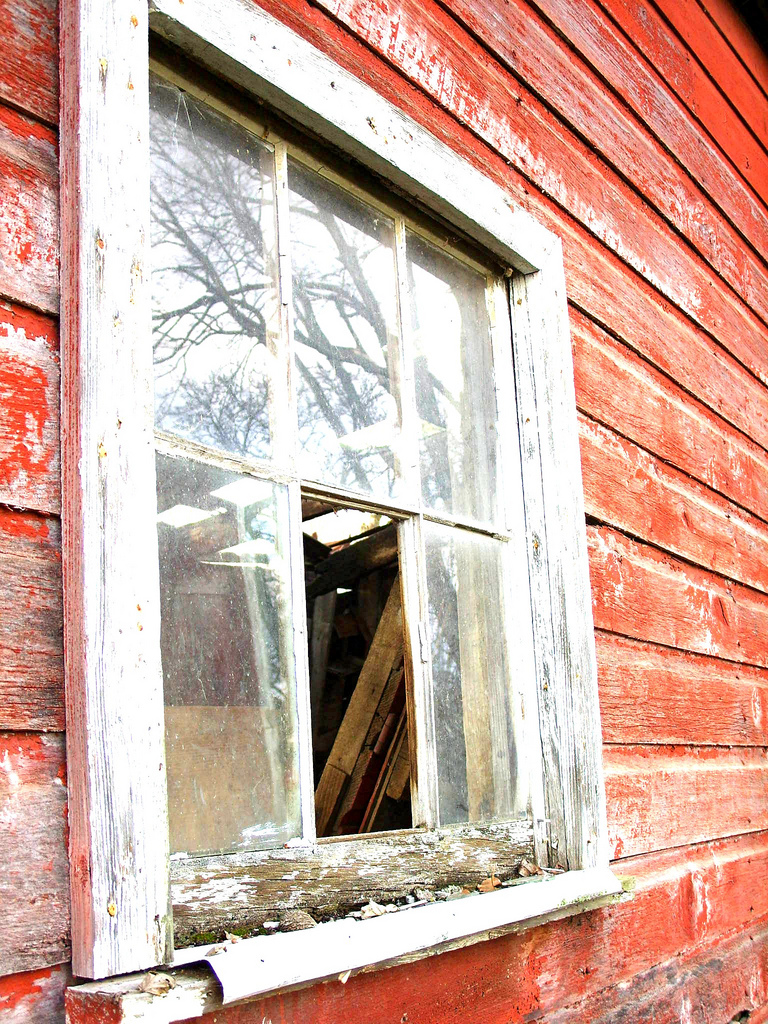Thrilled that my article, “Finding Your Fiction Draft’s Best Beginning,” was published today at Women on Writing. Read the article below, and take the exercise for a spin.
Also check out this link to my new online class, FROM BETTER TO BEST: Writing Fictional Beginnings that Hook Readers, that begins Friday, January 24th. 😊
Without further ado: ta-da! 🎊
“Finding Your Fiction Draft’s Best Beginning”
By: Melanie Faith
Here are three things that share a commonality: home renovation, finding a supportive life or business partner, earning a degree. What’s their similarity?
While you think about it, let’s ponder our attention spans, which have grown quite a bit shorter in recent years. Think about how quickly we move onto the next book, song on streaming, or post on social media if it doesn’t grab our attention and hold it. Add to that the fact that publishers receive thousands of manuscripts a year, all vying for attention, and it’s pretty staggering.
So, what do our initial three examples have in common? They all require a big time investment (often much longer than anticipated) and tend to test our patience at various steps until we reach our goal. If there are consistent through lines in life, it is that most of our efforts require regrouping, refining, and numerous revisions.
With so much streaming content and instant entertainment available and so few minutes of free time each day, it’s even more important than ever that we writers intrigue our readers from the start or else there’s a world of other options they’ll choose from. Gone are the days of the slow-burn build-up of a few pages. While it takes more time and effort to rewrite opening pages, it’s well worth it to hook our readers.
What should we do to ensure that our beginnings make a positive, have-to-keep-reading-this impact?
· Bring in the Buddies: Have you looked so often at your draft that your brain is tired? Or are you moderately sure your opening is fine, but then again… An external reader can be invaluable, either way. Props if they are another author, but they don’t have to be. Give your first pages/chapter to willing friends or colleagues and ask what one passage they liked best; this is the element that should front-end your next draft. Feel free to get the opinion of another reader or two, but don’t ask so many readers that you get numerous conflicting opinions, which can be confusing. In my own experience, asking between one and three readers is a sweet spot to get the perfect amount of feedback on whether my current opening works well. If your readers are also writers, make sure to return the favor for them sometime. Another option: send just the first page and have them note what they think is the most interesting or important line. This really zeroes in on whether the current opening lines flop or fly.
· Heed the Hunch: You know that line that made you smile when you wrote it? That line that sort of shimmered from the page or made you stop and feel surprised? That little jolt of wow or that little tickle of hmmm is your inner writer letting you know that something impactful has just landed on the page. If that passage is already on your first page, great! Leave it there. But if it’s not, what if you moved it forward? I’ve often moved favorite lines forward and then either cut out the original opening and written transitions to the latter parts of the chapter or merged the original opening into other parts of the manuscript. Either method can work well, depending on the story’s needs and your own preferred editing methods.
· Skip Ahead: Newsflash: your first chapter doesn’t have to be your first chapter. Let me rephrase that: the chapter that’s currently first may actually not be the best final-draft opener. Instead, a second, third, or even later chapter might hold a more compelling way to open your narrative. Feel free to move a scene or a whole chapter forward.
Try this exercise! Reread your draft’s current opening page or two and answer these questions (or ask a friend) to see if you might have a better opening that’s currently much later in your draft:
· Is there action in the opening scene?
· Is there immediate conflict for the protagonist to struggles against?
· Is it clear from the first page or two who is telling this story?
· Is the protagonist compelling in this first chapter?
If the answer to any of these questions is “not really” or “not as much as there could be,” then it’s likely you have a faster-paced, more absorbing opening scene that you could move forward. Remember that editors, agents, and readers need your opening hook to grab their attention on page one or else they could stop reading. Sharpen the imagery, characterization, dialogue, or setting that will keep those pages turning.
Photo courtesy of Eilis Garvey and Unsplash.com.














